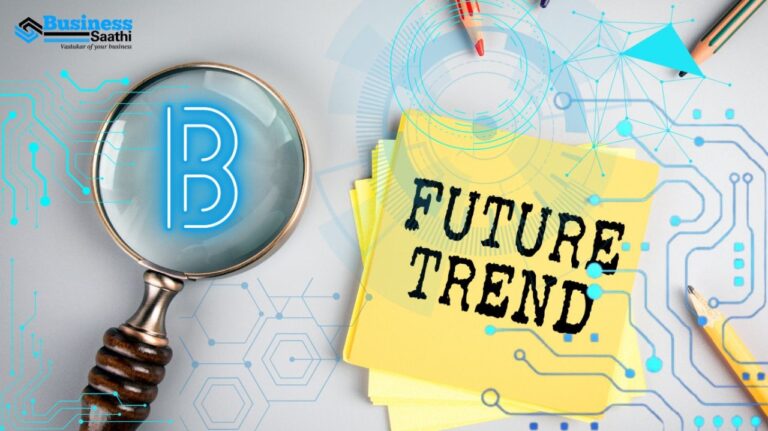
As we look towards 2025, several key business trends are set to shape the landscape. These trends will influence how companies operate, interact with customers, and navigate challenges. Here’s a comprehensive overview:
1. The Rise of Remote and Hybrid Work
The trend towards remote and hybrid work continues to gain traction. The flexibility offered by these arrangements has become a key expectation among employees. Businesses must adapt by developing clear policies and investing in technology to support remote work. This includes reliable communication tools, cybersecurity measures, and protocols for managing remote teams. The ability to offer flexible work options can be a significant factor in attracting and retaining talent.
2. Expansion of Generative AI and Custom Machine Learning
Generative AI and custom machine learning are transforming business operations across various industries. In 2025, expect to see more businesses leveraging these technologies for content creation, customer service, and operational efficiencies. AI tools can automate routine tasks, analyze large datasets for insights, and enhance decision-making processes. As these technologies become more integrated into existing software and platforms, companies will need to focus on ethical considerations, data privacy, and the potential impacts on employment.
3. Continued Digitization of Business Processes
Digitization remains a critical driver of efficiency and innovation. From cloud computing to digital payments, businesses are increasingly adopting digital solutions to streamline operations. This trend is supported by government policies and incentives, which encourage digital transformation through tax benefits and regulatory requirements. The adoption of digital tools not only improves internal processes but also enhances customer experiences by providing more seamless and integrated services.
4. Increasing Cybersecurity Threats
As businesses become more digitally connected, the risk of cybercrime grows. In 2025, cybersecurity will be a top priority, with businesses facing increasingly sophisticated threats such as AI-driven phishing attacks and ransomware. Protecting sensitive data and maintaining trust with customers requires robust security measures. This includes regular cybersecurity training for employees, up-to-date security protocols, and proactive monitoring for potential threats. Businesses must also stay informed about emerging threats and continually update their defenses.
5. Focus on Health and Wellness
The emphasis on health and wellness in the workplace continues to grow. Businesses are recognizing the importance of supporting employees’ physical and mental health. This can involve offering wellness programs, flexible work schedules, and access to health resources. Companies may also find opportunities in the wellness industry, offering products and services that cater to the increasing demand for health-focused solutions. A healthy workforce is not only more productive but also more engaged and loyal.
6. Building Supply Chain Resilience
The disruptions caused by recent global events have highlighted the need for resilient supply chains. In 2025, businesses will focus on diversifying suppliers, optimizing logistics, and investing in technology to monitor and manage supply chain risks. A resilient supply chain is crucial for maintaining operations during disruptions and meeting customer demands. Companies will also explore sustainable supply chain practices, balancing cost efficiency with environmental and social responsibilities.
The business environment in 2025 is poised for significant transformation. Companies must stay agile and responsive to capitalize on emerging trends. The shift towards remote and hybrid work requires businesses to reimagine traditional workplace models and invest in supportive technologies. Similarly, the integration of generative AI offers new possibilities for innovation but demands careful consideration of ethical and practical implications.
Digitization continues to be a major focus, with businesses adopting new tools and processes to enhance efficiency and customer experiences. However, with greater digital integration comes increased cybersecurity risks. Businesses must prioritize data protection and stay vigilant against evolving threats.
The focus on health and wellness is also gaining momentum, with companies recognizing the benefits of supporting employee well-being. In parallel, building supply chain resilience remains critical for navigating potential disruptions and ensuring continuity.
As these trends unfold, businesses that proactively adapt and innovate will be better positioned to succeed in the ever-changing market landscape.